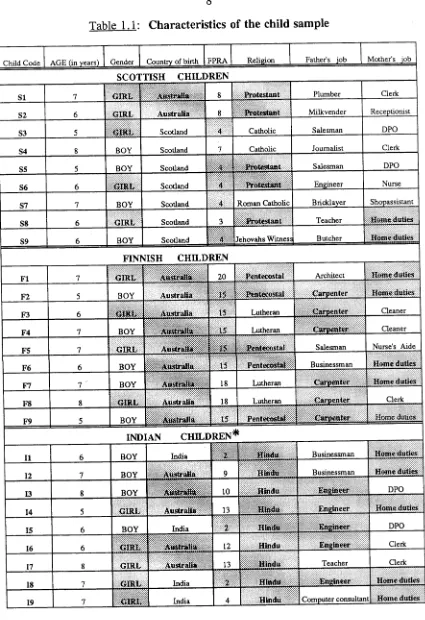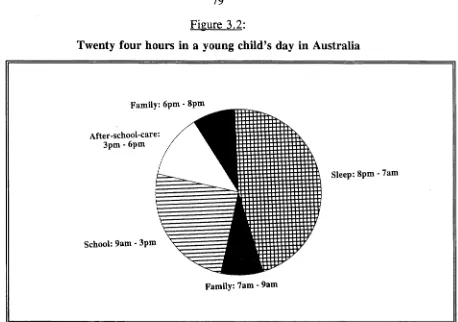Ethnic identification during early childhood : the role of parents and teachers
Full text
Figure




Related documents
commitment to continuity of educational experiences for children aged from birth to eight years is apparent in a number of its most significant policy
households with children aged three to seven, they * Higher child care costs have no significant effect on model household demand for mothers' participation in boys' schooling
The Mosaic approach was used to collect data within semi-structured interviews with parents, a teacher and children, walking interviews with children where children led the
The early childhood educational system for children aged six months to five years in Cuba is mainly organized through a child care program known as Círculos Infantiles
The aim of this study was to investigate child nutrition concerns of Aboriginal families with young children aged 0–8 years attending Aboriginal health and early childhood
Studies in which telehealth procedures were used in the training or coaching of parents with young children (aged 6 years and under) who were diagnosed with autism were
In the Early Years Foundation Stage (EYFS) curriculum, for children aged from 0-5 years, there is no mention of citizenship. This may be attributed to views of childhood as a time
Qualified early childhood teachers are linked to the universal access agreement for all 3 and half year-old children within Australia (Australian Children’s





